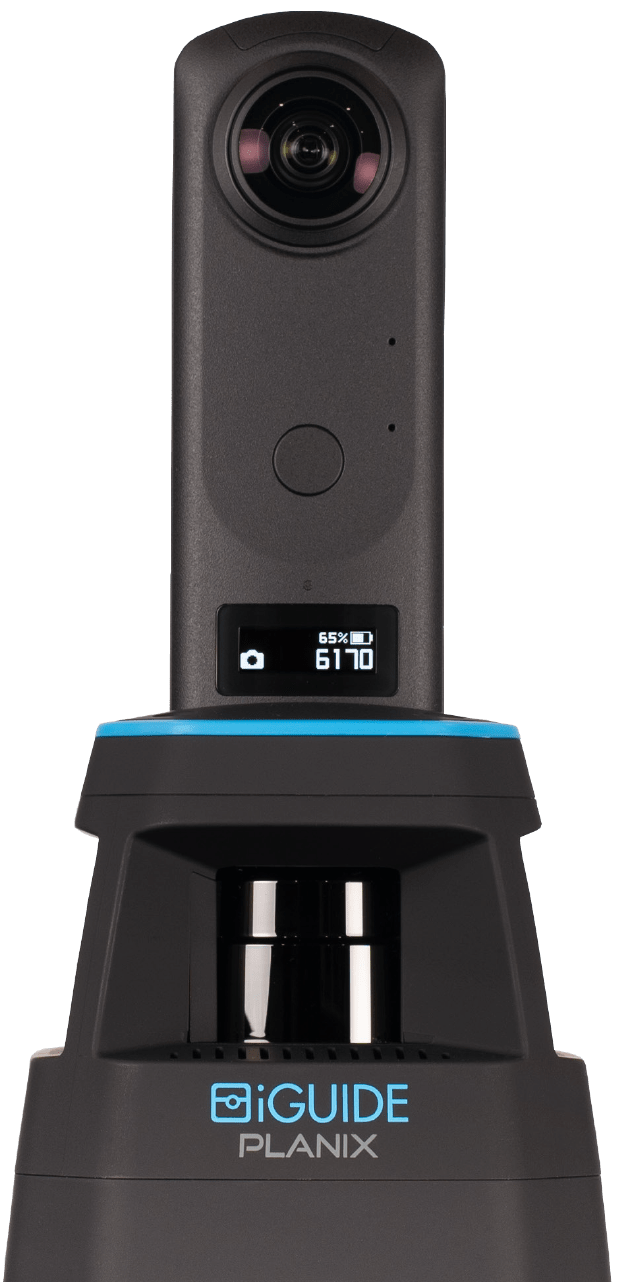MLS listing protocols are second nature, determining a competitive listing price is easy with accurate measurements and writing up contracts is part of your routine. But how often are you using terms that you think you know but are not necessarily synonymous? Realtor lingo can confuse the consumer if you don’t know what you are saying. Check to see if you are making any of these common mistakes with your listings.
Schematic vs floor plan
Floor plans are essential when listing and marketing a property. Accurate measurements of every space help potential buyers understand the fit and flow of a home. Floor plans identify the location of doorways, partition walls, cabinets, and windows and when advanced measurements are included you can measure distances between arbitrary points in 3D space. Are you using floor plans or just a simple schematic? What exactly is a schematic? So here’s the thing. A schematic is a basic outline of the building with exterior or interior measurements around the perimeter. Think of a schematic as the “bones” of the home and the floor plan as the entire skeleton complete with all the connecting parts. To understand the function of the entire unit, a homebuyer must be able to visualize how they will live there. A task that is difficult at best with just a few simple lines of a schematic!
Video vs 3D virtual tour
3D virtual tours are must-haves for both showing the seller how you market their home and for the buyer to get up close and personal with each space. Virtual tours enhance the viewers’ experience by allowing them to explore rooms as if they were physically at the property. Online access to 3D virtual tours lets the consumer enjoy their visit in their own time. Perhaps they forgot what type of finishing was on the floor or windows after their in-person viewing. Enter the 3D virtual tour to help refresh their memory, create a lasting image and form an emotional connection with the home. When you want to know if they lingered for a while, check your analytics to see the date, time and duration of all visitors. Real estate agents can host 3D tours as part of a virtual showing. Take control of the way the property is presented by commentating on important aspects of the home. Conversely, a video is just a video. Video is a mini movie created to entertain but without the ability to control where to focus your attention. Think of video as going to the theatre. You want to see what is hiding behind the doorway, but you are not in the director’s seat.
Financing vs mortgage
Getting your buyer approved for a mortgage is important. Factors that influence the appraised value of a home are floor plan measurements, location, market conditions and comparable properties. Mortgage appraisals for Fannie Mae now require measurements to follow the ANSI-Z765-2021 for calculating and reporting gross living area. You can help speed up the process with an iGUIDE® that supplies everything you need to market a property and is ANSI-Z765-2021 compliant. Financing is often the largest hurdle a buyer has to get over before completing a purchase. But while financing can come in the form of a mortgage, financing is not just a mortgage. Buyers often choose alternative methods to purchase a home when they are not paying cash. Line of credits, personal loans and seller financing are a few other options buyers have. While a traditional mortgage is the normal course of business, regardless of how the buyer acquires funding for a home, they will benefit from floor plans, a certified appraisal and 3D virtual tours when applying for insurance or planning for any future renovations.
Fixtures vs chattels
A fixture by real estate definition is something that is attached to the home. Fixtures can be seen throughout a 3D virtual tour and identified by whether or not they are physically attached to a floor, ceiling or wall. Attached items are things like cabinets, light fixtures, and items that are physically plumbed in. Real estate agents may refer to appliances as kitchen fixtures, but in reality, many of the appliances in a kitchen are easily removed by simply unplugging them from an electrical outlet. The rule of thumb is that an item that is not attached and can be easily removed from a home is a chattel. Why is this important? Permanent fixtures form part of the property and are to remain when the home is sold. Avoid a homebuyer being surprised on closing day when the kitchen chattels are missing by including the moveable chattels in the purchase contract.
Knowing when to use the correct terminology and technology can go a long way in your real estate marketing. Winning listings is more than a little small talk, it’s about communicating clearly.


